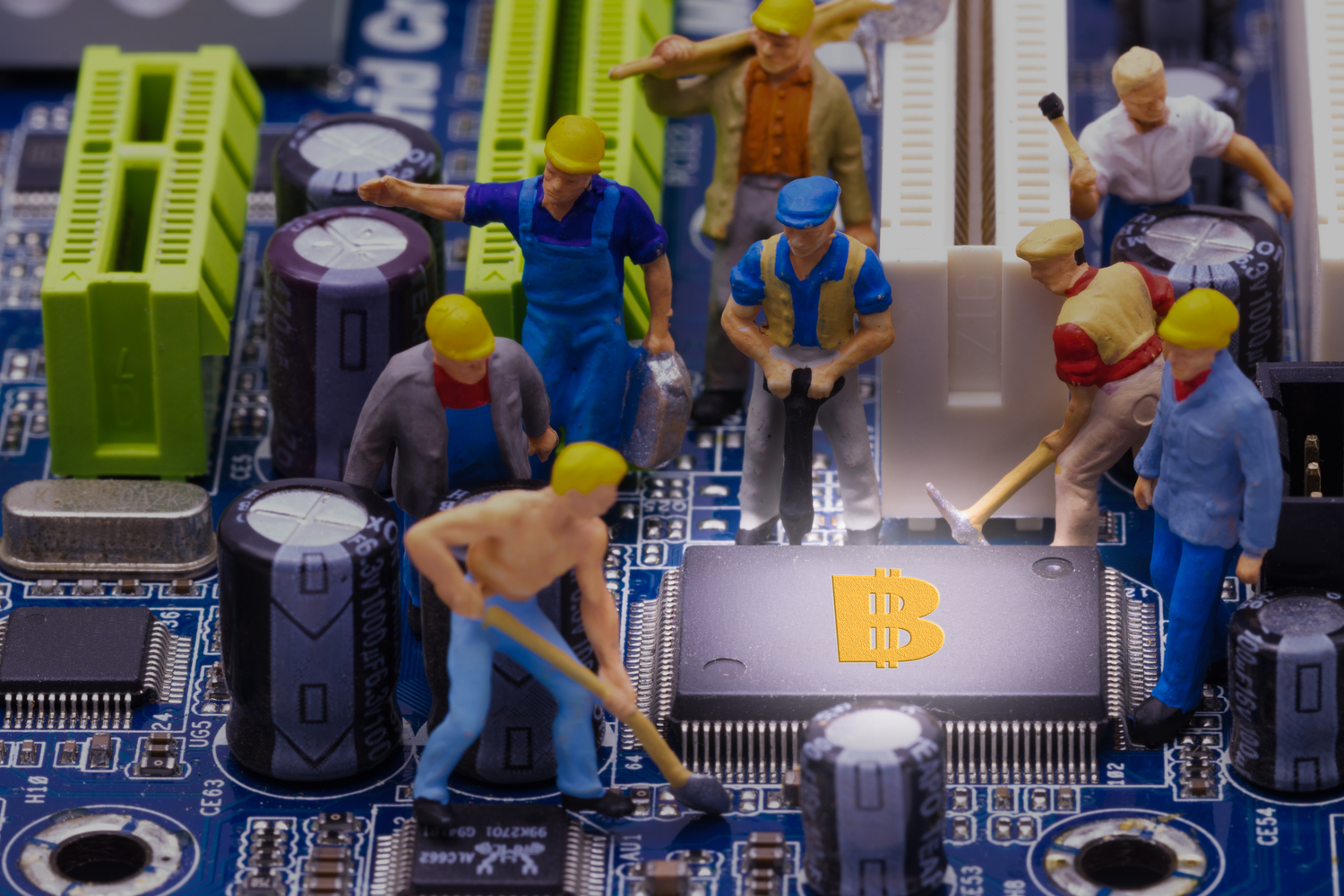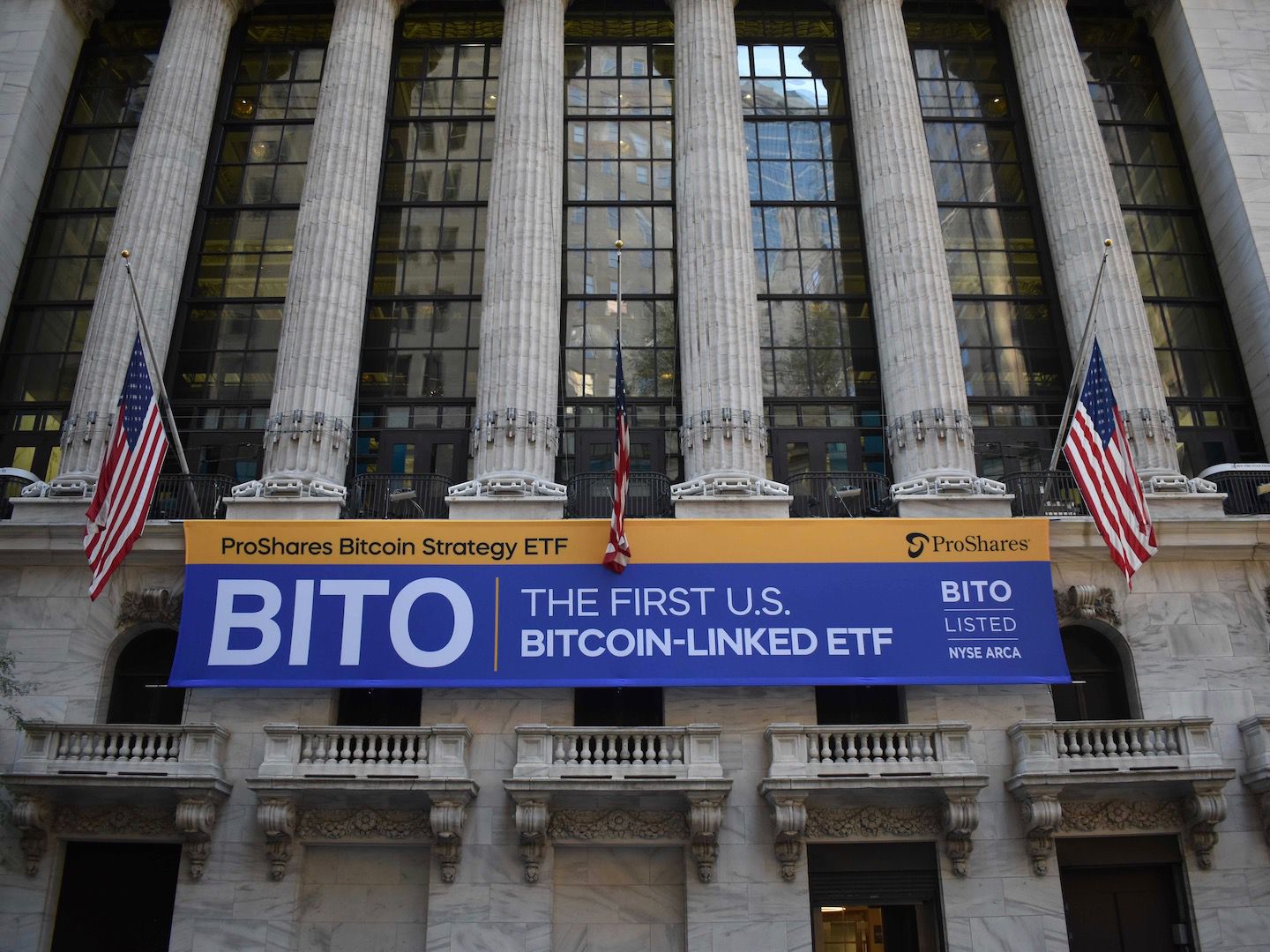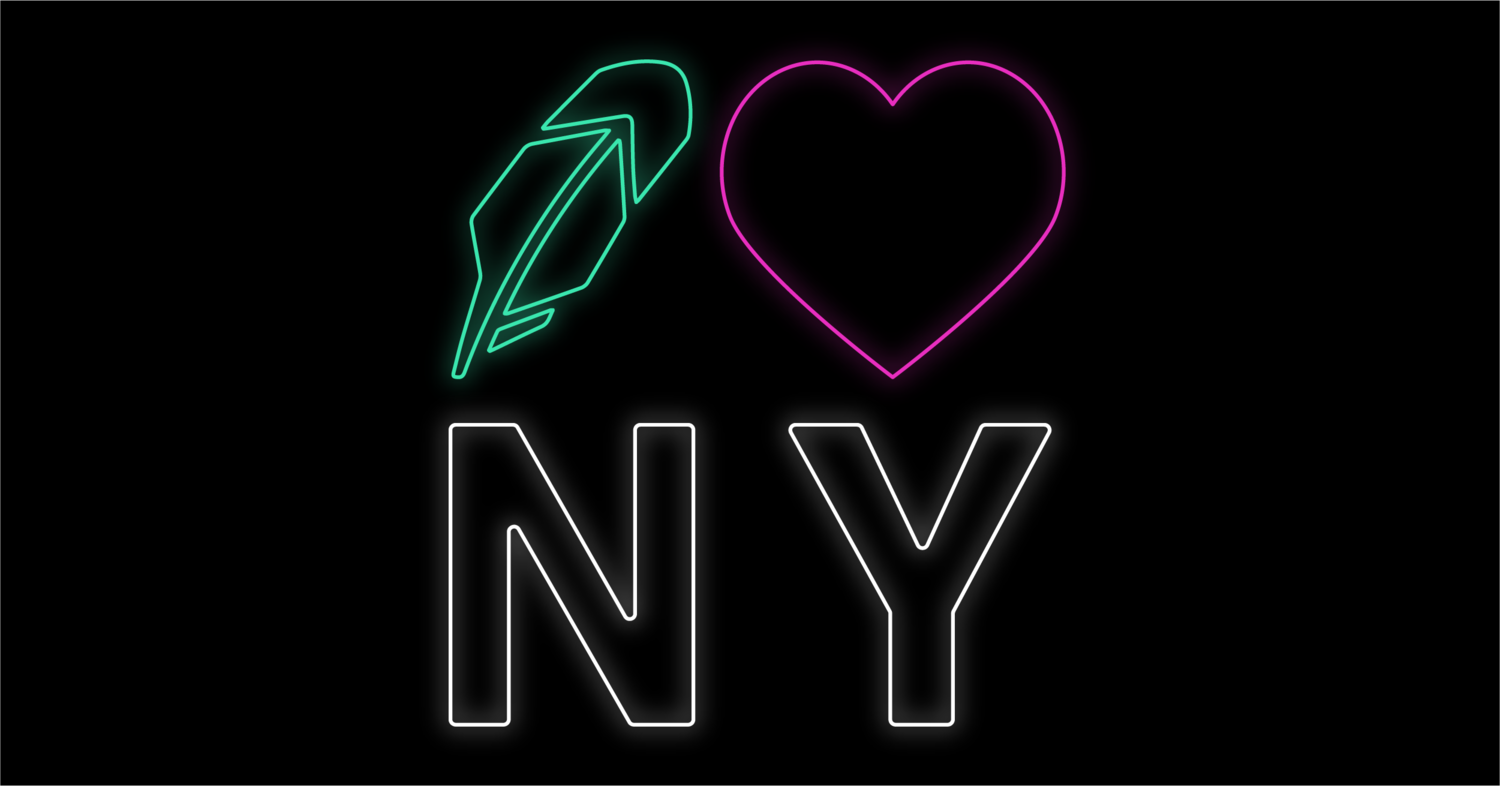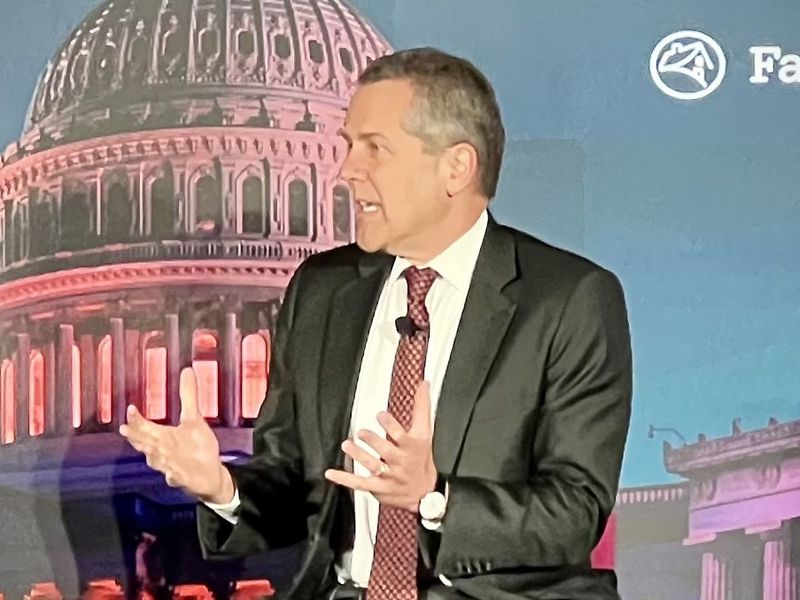Ethereum’s Vitalik Buterin Amps Up Pressure on Layer-2 Networks to Decentralize Further
There’s the bully pulpit. And then the silent treatment.
Ethereum co-founder Vitalik Buterin wrote on X that he will be weighing in on layer 2 networks differently in his public posts from now on – omitting mentions of those projects that aren’t decentralized enough.
To merit any ink, they have to at least meet a decentralization threshold known as “Stage 1,” under a hierarchy he laid out years ago in a blog post.
“Starting next year, I plan to only publicly mention (in blogs, talks, etc) L2s that are stage 1+,” Buterin wrote. “It doesn’t matter if I invested, or if you’re my friend; stage 1 or bust.”
In 2022, Buterin proposed a set of stages for rollups, to classify them in their pursuit of decentralization. The criteria is meant to showcase that rollups tend to rely on “training wheels” and deploy their protocols to users before it’s ready to fully decentralize.
“While a project’s tech is still immature, the project launches early anyway to allow the ecosystem to start forming, but instead of relying fully on its fraud proofs or ZK proofs, there is some kind of multisig that has the ability to force a particular outcome in case there are bugs in the code,” Buterin wrote in a blog post in 2022.
In blockchain terms, multisig is short for a key that can be controlled by combining multiple signatures – often representing a small group of people who could make changes under emergency conditions, essentially bypassing the typical consensus process used to validate the network.
Taking off the ‘training wheels’
Buterin has categorized the projects in three different stages, ranging from 0 to 2. Stage 0 is when a layer 2 network relies on full training wheels. Stage 1 is when it has limited training wheels, but is running with fraud proofs – an important cryptographic process that avoids the need for a single centralized entity to settle any layer-2 transactions to the base Ethereum blockchain. Stage 2 means a project is fully decentralized.
L2Beat, a layer-2 dashboard, tracks how the different layer-2 protocols rank in terms of those different stages. Currently, none of the leading rollups has reached Stage 2.
At Stage 1, only Arbitrum One, OP Mainnet, and zkSync lite have reached this stage.
“The era of rollups being glorified multisigs is coming to an end,” Buterin wrote on X. “The era of cryptographic trust is upon us.”
Disclosure
Please note that our
privacy policy,
terms of use,
cookies,
and
do not sell my personal information
has been updated
.
CoinDesk is an
award-winning
media outlet that covers the cryptocurrency industry. Its journalists abide by a
strict set of editorial policies.
In November 2023
, CoinDesk was acquired
by the Bullish group, owner of
Bullish,
a regulated, digital assets exchange. The Bullish group is majority-owned by
Block.one; both companies have
interests
in a variety of blockchain and digital asset businesses and significant holdings of digital assets, including bitcoin.
CoinDesk operates as an independent subsidiary with an editorial committee to protect journalistic independence. CoinDesk employees, including journalists, may receive options in the Bullish group as part of their compensation.
:format(jpg)/s3.amazonaws.com/arc-authors/coindesk/7dc71a1a-5122-47cc-9bbf-82501f65b060.png)
Margaux Nijkerk reports on the Ethereum protocol and L2s. A graduate of Johns Hopkins and Emory universities, she has a masters in International Affairs & Economics. She holds a small amount of ETH and other altcoins.
Follow @cryptauxmargaux on Twitter









